The Industar 69 28mm 1:2.8, a Russian 28mm pancake lens designed for Russian Chaika half-frame cameras from the BelOMO factory, in Minsk, Belarus, has to be the tiniest and cutest I have in my lens collection and the perfect pancake lens with an equivalent focal length of 40mm (39.2mm exactly) for use on my Micro 4/3 2x crop sensor digital camera bodies.
Size for size, the Industar 69 is even smaller than its compatriot the M42 mount Industar 50-2, or the M39 mount Industar 50 (both are 50mm 1:3.5 lenses) which will work out as an equivalent of a 100mm short telephoto lens when mounted on the 2x crop sensor bodies, with further increase in extended lengths added to by the adapters used.
While the Industar 69, a half-frame original, may not be the choice for adapting to a full-frame camera (for fear of excessive vignetting), the lens should measure itself up considerably on APS-C sensors (which are only slightly larger than a 35mm half-frame) with an equivalent focal length of 37.7mm. On 2x crop sensors, the lens will be equivalent to a 40mm (39.2mm exactly) prime. See Crop Factor.
Adapting the lens to the digital, however, is not without its hiccups. The lens, originally designed as non-removable, was later manufactured with an M39 thread mount set to a non-standard flange distance (the distance between the lens mount and the image capture plate in a camera) of 27.5mm, 1mm farther from the film plane meant for LTM mounts.
The Adaptation
For the adaptation, you will need an adjustable L39-M4/3 lens adapter, which is easily available on the auction market, and two minutes of non-destructive fixes to shorten the flange distance of the lens to make it LTM compatible. I did mine by following what I saw on the video.
While other enthusiasts advocate shimming the lens mount to shorten the flange distance or to do more work on the focus stop screws once the lens is opened up, I did none of those, and instead of replacing the red index mark of the aperture ring, I just added a permanent black marker mark as the new aperture index.
The final step of my modification sequence is to adjust the alignment of the adapter mount to bring the distance index of the lens and the lens alignment vertically upright.
All set to go!
Early Images
I did my early images test on an Olympus E-PM2, a recently used purchase, and an age-old, but still trustworthy Olympus E-P5. The E-P5 (and a few other mirrorless digital cameras) has focus peaking, a feature I frequently use. Focus peaking, as you know, is the technology that helps you focus when using manual focusing or when focusing with manual focus lenses. The system works by showing a false-color overlay on the sharp areas of images that are in focus in real time.
On the E-PM2, shot against a dull sky, images were cropped and manipulated with exposure compensation on the desktop.
What are your expectations?
So what are your expectations of the lens? Image quality is definitely not the strength of this lens, neither is optical perfection, nor all round sharpness, even brightness across the image, or contrasty vibrant images. To me, it's just a fun lens...

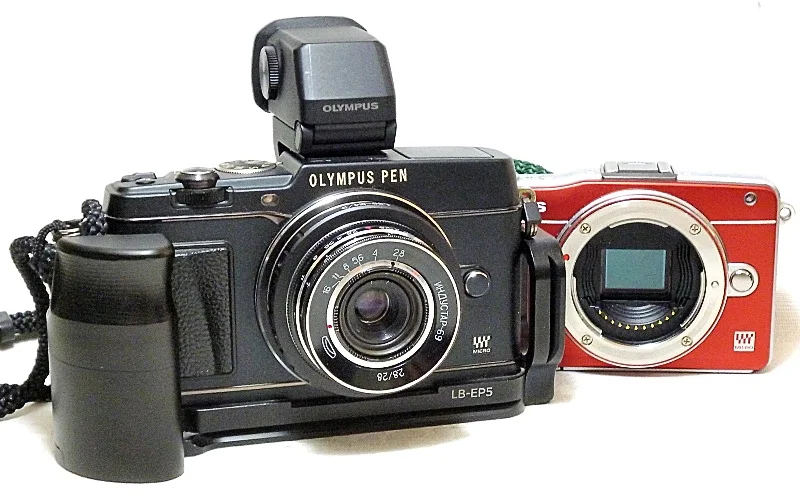

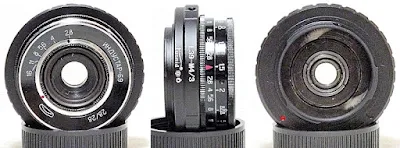
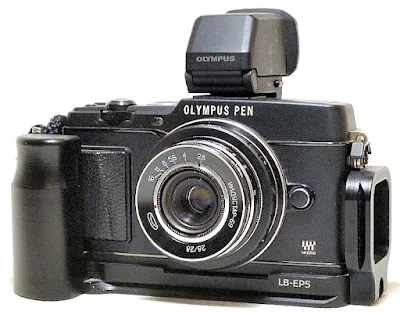
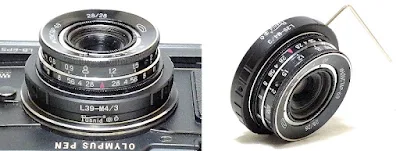
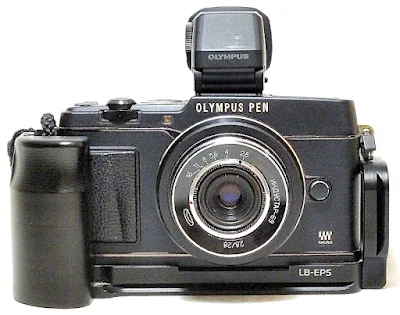



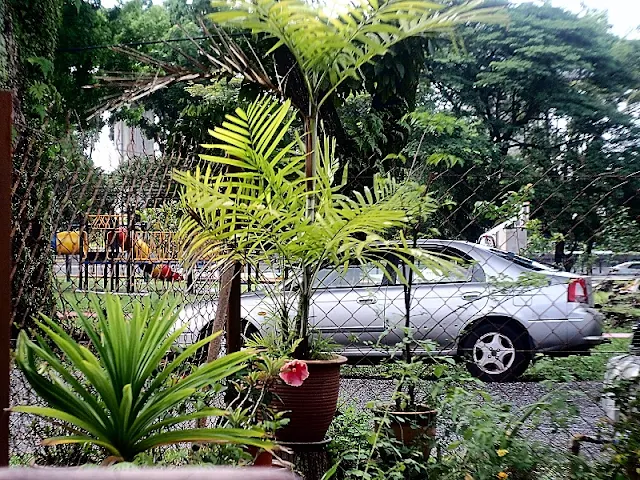





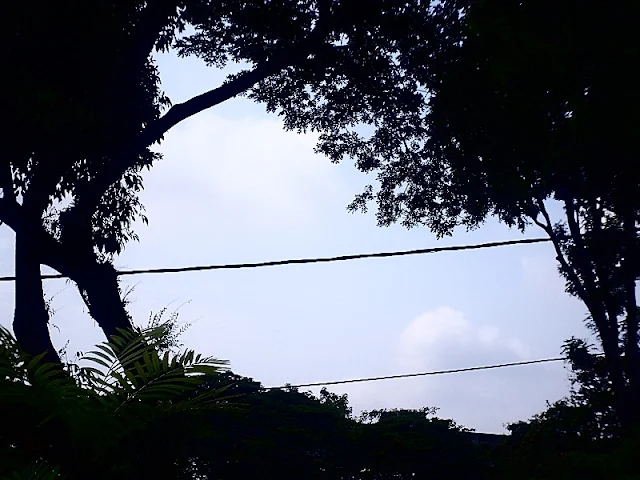
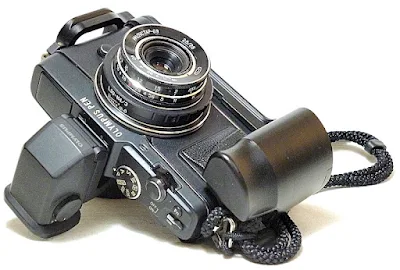











No comments:
Post a Comment